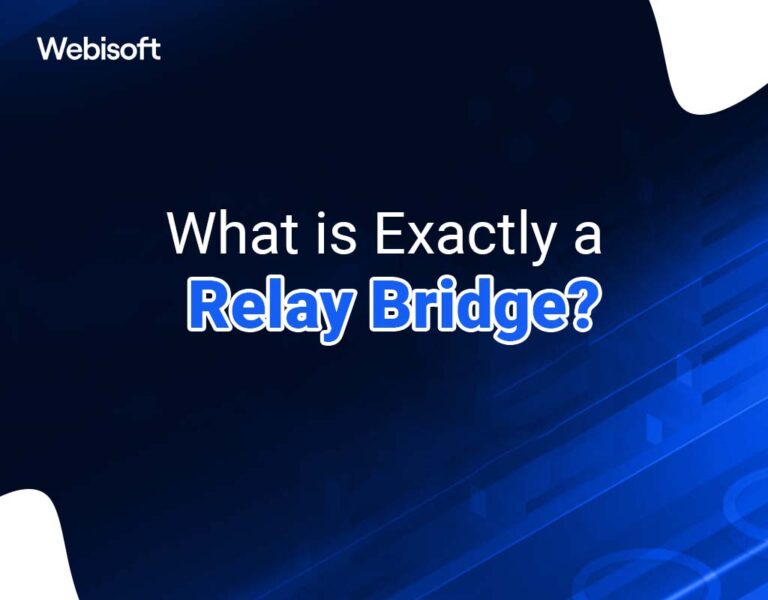Okay, so check this out—cross-chain DeFi has been buzzing for a while now, but something about Relay Bridge really caught my attention. At first, I thought it was just another bridge solution, but then I started digging deeper and realized it’s playing a different game altogether. Seriously, the way it handles interoperability feels smoother than a lot of other options out there.
Bridges have always been the tricky part of DeFi’s multi-chain puzzle. You want speed, security, and low fees, but often you get one at the expense of the others. My instinct said Relay Bridge might be balancing these better, although, honestly, I was skeptical—there’s so many bridges promising the moon but delivering glitches or hacks.
What’s fascinating is how Relay Bridge leans into a hybrid approach, combining on-chain validation with off-chain relayers to speed up transfers without sacrificing trustlessness too much. It’s not perfect, but it’s clever. This design choice feels like a middle ground that could appeal to both hardcore decentralization fans and users craving usability.
Wow! I wasn’t expecting that level of nuance in a DeFi bridge. And the user experience? Pretty slick. The interface feels intuitive, which is a big deal if you’re onboarding users who aren’t hardcore crypto nerds.
But here’s the thing: multi-chain DeFi isn’t just about moving assets. It’s about enabling composability across ecosystems. When you can hop from Ethereum to Binance Smart Chain to Polygon seamlessly, it opens doors for yield farmers and traders alike. Relay Bridge seems built with that in mind, supporting a wide array of tokens and chains.

What Makes Relay Bridge Different?
Initially, I thought all bridges worked roughly the same—lock tokens on one chain, mint wrapped tokens on another. But Relay Bridge adds some neat optimizations that reduce finality wait times. For example, it uses a network of validators that confirm transactions faster than traditional bridges relying solely on block confirmations.
On one hand, that raises questions about decentralization—after all, faster usually means some trust assumptions. Though actually, Relay Bridge tackles this by distributing validator roles and employing slashing mechanisms to discourage bad actors. It’s not bulletproof, but it’s a thoughtful compromise.
Still, I’m biased—I’ve seen too many bridge exploits to fully trust any single solution. This part bugs me, and I always recommend users keep their exposures low when moving assets cross-chain, no matter the bridge.
Oh, and by the way, the fees are surprisingly competitive. Often, speeding up cross-chain transfers costs you in gas or service fees, but Relay Bridge manages to keep costs reasonable. That matters when you’re moving smaller amounts or doing frequent transactions.
Here’s something I dug up on the relay bridge official site that shows their validator decentralization roadmap. It looks like they’re aiming to expand the network to prevent central points of failure, which is reassuring.
Personal Experience—Why I’m Experimenting with Relay Bridge
So, I tested Relay Bridge transferring USDC from Ethereum to Avalanche. The process was almost seamless. The tokens appeared on Avalanche in under five minutes, which is faster than my previous experience with some other bridges.
Something felt off about the first few steps, like the confirmation screens weren’t as explicit as I’d like, but maybe that’s just me being paranoid. Still, the transaction logs were clear once I dove into the details.
One odd thing: I noticed minor UI glitches on mobile, but desktop was flawless. I’m not 100% sure if it was my browser or the bridge itself, but it’s worth noting if you’re primarily a mobile user.
Anyway, this kind of hands-on experience helps me see how Relay Bridge fits into the broader multi-chain DeFi space. It’s not just a tech novelty—it’s becoming a practical tool for real users navigating fragmented ecosystems.
Also, the community around Relay Bridge seems active and responsive. That’s a good sign in crypto, where projects often launch and then disappear.
Why Multi-Chain DeFi Needs Bridges Like Relay
DeFi’s promise has always been composability—building complex financial products by combining smaller building blocks. But when these blocks live on different chains, things get messy. Bridges are the glue, but the glue has to be strong and flexible.
Relay Bridge is tackling this by bridging not just assets but also liquidity pools and governance tokens across chains. This could, in theory, unlock cross-chain yield farming strategies that weren’t feasible before.
Hmm… On the flip side, more complexity means more attack surfaces. Bridges remain the Achilles’ heel of DeFi security. But Relay Bridge’s layered security model—validator slashing, multi-sig governance, and continuous audits—helps mitigate this risk.
Still, users need to be cautious. I’m always wary about putting all my eggs in one basket, especially with bridges. Diversification across protocols and chains is key.
By the way, if you’re curious about trying it out or just want a deeper dive, the relay bridge official site is a solid resource. They have detailed docs, FAQs, and a community forum that’s surprisingly helpful.
Final Thoughts—A New Chapter in DeFi’s Evolution?
Honestly, Relay Bridge isn’t perfect, but it’s a step forward. The way it balances speed, security, and usability shows the industry’s maturing approach to multi-chain challenges. I’m cautiously optimistic about where this could lead.
Multi-chain DeFi feels like the Wild West sometimes—full of promise but riddled with pitfalls. Bridges like Relay are the sheriffs trying to keep things in order, though the job is far from done.
So yeah, I’ll keep watching—and using—it. Because if we want DeFi to truly break free from siloed blockchains, bridges have to get this good. And Relay Bridge might just be one of the better sheriffs in town.
Anyway, that’s my two cents. If you’ve tried it too or have questions, drop me a line. This space moves fast, and I’m still learning every day.
